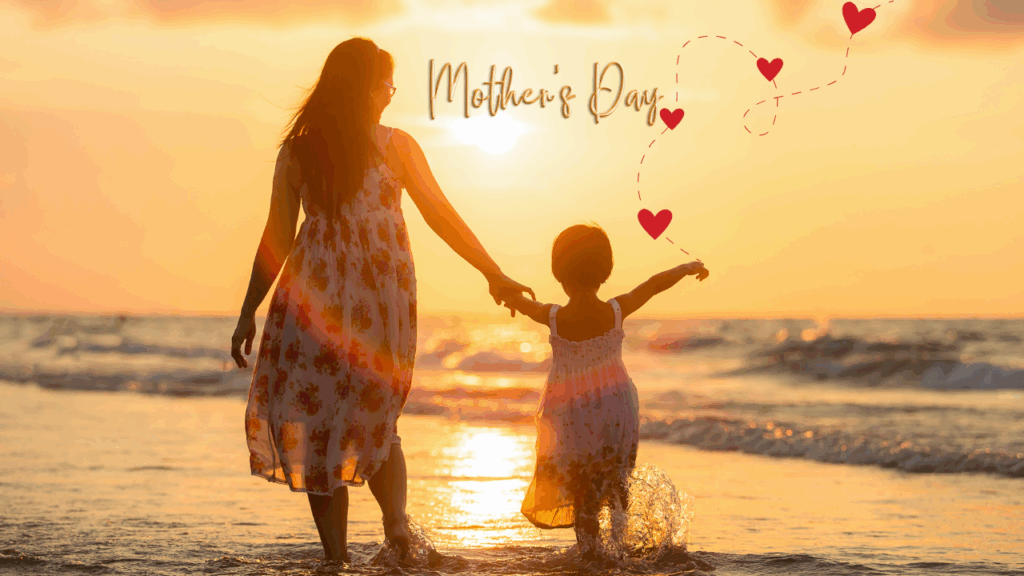Building a Healthier Tomorrow: Insights from the Co-founder of Habuild

Saurabh Bothra
Co-founder & CEO, Habuild
Most wellness platforms will tell you ‘what’ to do – how to exercise, what to eat, or which routines to follow. But I have observed that knowing what to do isn’t the problem. The real battle is staying consistent, and that’s where most people fail.
At Habuild, we don’t just focus on workouts or diets. We focus on consistency. And the most powerful tool for staying consistent? Habits. That’s why everything we do revolves around habit-building.

We believe that meditation can help people navigate life’s challenges, but it requires consistency.
Our goal is to encourage participants to make meditation a habit, something they do every day to improve their mental well-being.
- Can you share your journey from being a yoga enthusiast to founding Habuild? What inspired you to create a platform focused on habit-building through yoga and meditation?
My journey to founding Habuild started with a very personal experience during the COVID-19 lockdown. I saw my mom juggling endless household responsibilities without taking any time for herself. It made me pause and wonder – does she ever rest or do something just for her health?
Like many women, she thought household chores were enough to stay active. But real health needs more – mindful movement, consistency, and care for your body and mind. That’s when I realised how many people struggle to prioritise themselves, especially those with busy schedules.
This became the driving force behind Habuild. I wanted to create something that would make it easy for people to start small, build healthy habits, and stick to them. Through yoga and meditation, we help people take charge of their health in a way that fits into their daily lives.
Today, this mission has grown into a global community of over 60 lakh members. It’s been an amazing journey, and I’m driven every day to make health and wellness even more accessible for everyone.
2. How does Habuild differ from other wellness platforms, and what unique value does it bring to its 2 million+ community members?
Most wellness platforms will tell you ‘what’ to do – how to exercise, what to eat, or which routines to follow. But I have observed that knowing what to do isn’t the problem. The real battle is staying consistent, and that’s where most people fail.
At Habuild, we don’t just focus on workouts or diets. We focus on consistency. And the most powerful tool for staying consistent? Habits. That’s why everything we do revolves around habit-building.
I’ve often told my community, “Join the 45-minute session, even if it’s just for 2-3 minutes.” Sounds odd, right? Why would I say that? Because even showing up for 2 minutes turns a zero-day into a non-zero day. Your mind registers it, and over time, it stops being an effort—it becomes part of who you are. That’s the power of habits.
This simple yet powerful focus on consistency is what makes Habuild unique. It is all about finding a way to make health a natural part of their everyday lives.
3. With your engineering background and experience in motivational speaking, how have you merged technology and wellness to create a sustainable model for mental and physical health?
My engineering background has given me a deep understanding of how technology shapes our lives – for better or worse. At Habuild, we’ve chosen to leverage its positive impact to make wellness more accessible and achievable. Technology allows us to reach millions of people, breaking barriers of distance and time, and offering them the tools they need to improve their mental and physical health.
In today’s fast-paced world, convenience is key, and technology is the only way to provide it at scale. Whether it’s through our live sessions, habit-tracking tools, or community engagement platforms, we use technology to meet people where they are and help them take small, consistent steps toward a healthier life. Making health accessible is not enough – you’ve to make it sustainable – and that’s where technology helps us.
4. What role do your personal habits, like practicing yoga 365 days a year, play in shaping your vision for Habuild?
Leading a team of 250+ people, driving a mission as ambitious as Habuild’s, and showing up every single day for something bigger than myself takes everything – mental clarity, physical energy, and emotional resilience. My daily practice of yoga and mindfulness is what keeps me steady when things get overwhelming. It’s where I recharge, refocus, and remind myself why this work matters.
At Habuild, we’re all about habit-building, and that starts with us. Many members of Team Habuild practice yoga and mindfulness daily, not because it’s expected but because they feel its impact. And honestly, if we, as a team, didn’t embody the change we’re trying to create, how could we ever inspire others?
5. Habuild set a new World Record by hosting the largest virtual meditation session on December 21. An impressive 2.87 lakh people joined in this remarkable event. What inspired this ambitious initiative, and how did you prepare for it?
The initiative comes from our desire to make meditation a daily habit, not just a one-time event. We believe that meditation can help people navigate life’s challenges, but it requires consistency. Our goal is to encourage participants to make meditation a habit, something they do every day to improve their mental well-being.
One day isn’t enough to show the true power of consistency, but we hope to create a lasting impact by bringing as many people as possible together. By participating in this event, we’ll make a collective pledge to incorporate meditation into our daily routines, creating a ripple effect that encourages mindfulness and mental wellness for everyone involved.
6. This event coincides with the first-ever World Meditation Day. How do you envision this day being celebrated globally in the coming years?
World Meditation Day can be celebrated in two ways. The first is by people who meditate because it’s Meditation Day – a chance to try something new or take a break from their busy lives. The second is by those who already meditate daily and want to celebrate the positive impact it has on their lives.
In the future, I hope more people celebrate as part of the second group. I imagine this day becoming a global event where communities come together to share their stories, inspire others, and celebrate the habit of daily meditation. The goal is for meditation to become more than just something we do on special days – it should become a regular part of life, and World Meditation Day can be a way to honor that.
7. Why do you believe meditation is the “need of the hour”? How can it address issues like stress, trauma, and personal healing in today’s fast-paced world?
The world around us is louder and faster than ever before. There’s always something demanding our attention – a notification, a deadline, a headline. Our minds are constantly trying to keep up. The problem is that most of these things are outside our control, yet we give them so much of our energy. This is where stress, anxiety, and overwhelm creep in.
That’s where meditation comes in as a RESET button. It helps you shift your focus from the chaos outside to the calm inside – from things you can’t control to what you can: your mind, your thoughts, and your reactions. And when you can control how you respond to the world, you’re better equipped to deal with it.
8. Meditation is often seen as a solitary practice. How do you plan to create a sense of community and connection during this virtual session?
Since the benefits of meditation aren’t always immediate or tangible, being part of a group adds motivation and reinforces the commitment to the practice.
During this virtual session on World Meditation Day, we’re creating a shared space where people can meditate together to build a sense of community, where every individual’s practice adds to the collective energy. When you see others showing up for themselves, it inspires you to do the same!
9. You previously set a world record for the largest virtual yoga class. How does this new initiative compare, and what challenges have you faced this time around?
Meditation has always been a part of yoga – it’s at the core of strengthening the mind-body connection. However, over time, the definition of yoga has become heavily focused on asanas. With this initiative, we want to reintroduce the world to the power of meditation and remind people that yoga is much more than just movement – it’s mindfulness, stillness, and inner peace.
The challenge here is different from our world record for the largest virtual yoga class. While yoga poses are visible and tangible, meditation requires something much deeper. Asking someone to pause, sit in silence, and simply be – for even just a few minutes isn’t as easy as it sounds. It’s hard for most people to disconnect from the constant noise of life.
That’s why we want to make this into a community event, as big as possible, so the collective energy of many people meditating together can help create that shared sense of calm and focus.
10. What message do you hope to convey to participants and viewers through this record-breaking event? How can they continue practicing mindfulness in their everyday lives after the event?
Our message is simple: Make mindfulness and meditation a habit, just like any other essential part of your day. The purpose of this event is to remind people that World Meditation Day shouldn’t be just a one-off event – it’s something we should celebrate every day.
We want to show people how easy it can be to incorporate meditation into their lives, no matter how busy they are. We’ll share practical tips and techniques during the special session on how to start small and gradually make meditation a consistent part of their day.
The goal is to inspire participants to carry that energy forward, creating a habit that serves them long after the event ends.



